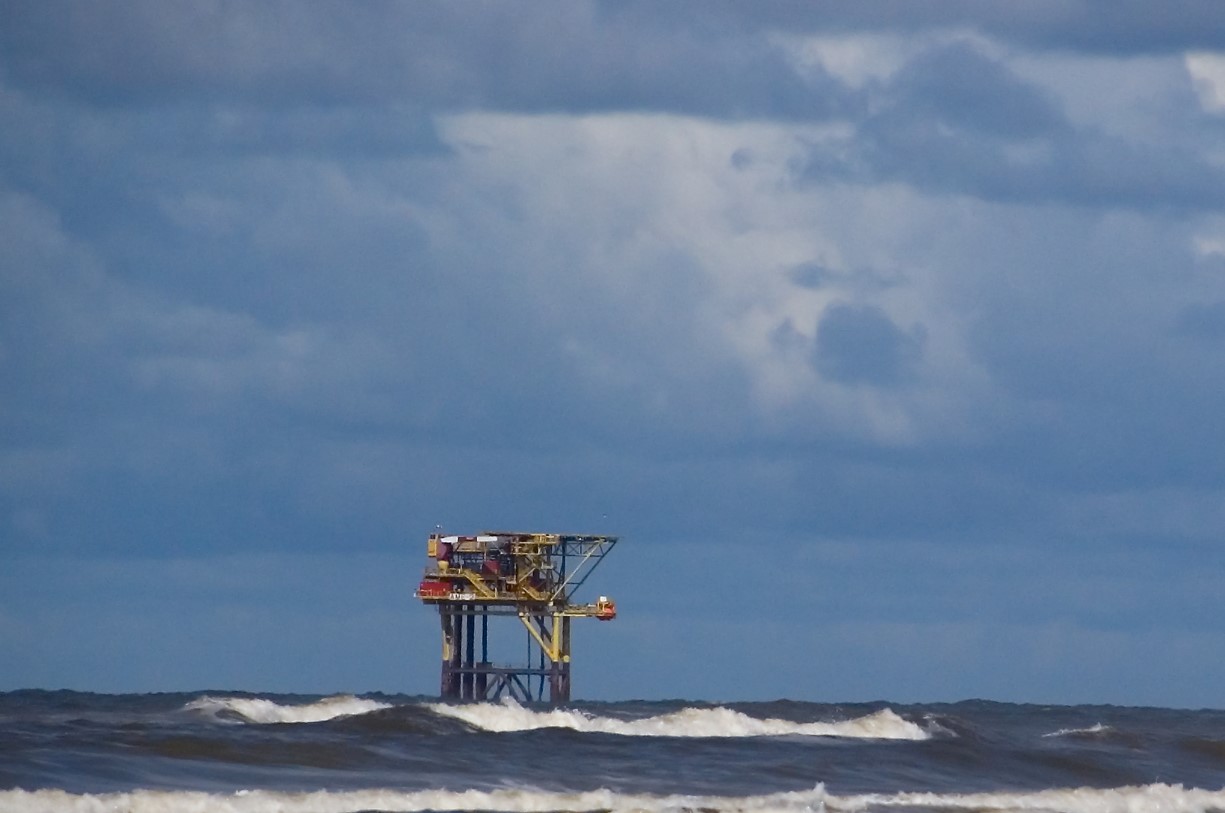Is it a surprise? Probably not. Is it a shock? It still is. This week, Shell and Esso in the form of their 50-50 joint venture NAM announced the start of a process that will ultimately lead to the sale of all their producing oil and gas fields in the Netherlands, both onshore and offshore.
This marks the end of a period of around 70 years of oil and gas production, starting with the onshore fields such as Coevorden in the 1950’s and the development of the biggest onshore oil field in NW Europe, the Schoonebeek field. Last but not least, the discovery of the Groningen field in 1959 cannot be underestimated in terms of value creation for the company.

With Groningen now in the process of being shut in and most of the other fields in a late phase of their lives, NAM clearly did not see a future in the country where Shell has such an important history.
According to Johan Atema, director of NAM, the room to invest in small fields is limited: “We therefore think that it would be better for these fields to ultimately change hands, with the hope that the new owners do see opportunities to further investments.”
The following clusters will each be transferred into an individual legal entity to facilitate the sale (see map above for reference):
• The offshore fields and infrastructure, including the Den Helder gas treatment facility;
• Oil and gas fields in the provinces of North and South Holland in the west of the country;
• Gas fields in the north (province of Friesland) and the Wadden Sea;
• The Schoonebeek oil field and surrounding gas fields and infrastructure in the east of the Netherlands.
The Groningen field and the Grijpskerk and Norg gas storage facilities are not part of the sale.
“This is an important step for NAM and its employees,” Atema says in the press release. NAM hopes to finalise the restructuring in 2022, which probably means that the assets will be put on the market around that time. But for now, interested parties can obviously start having a better look at what will be available soon.
HENK KOMBRINK




